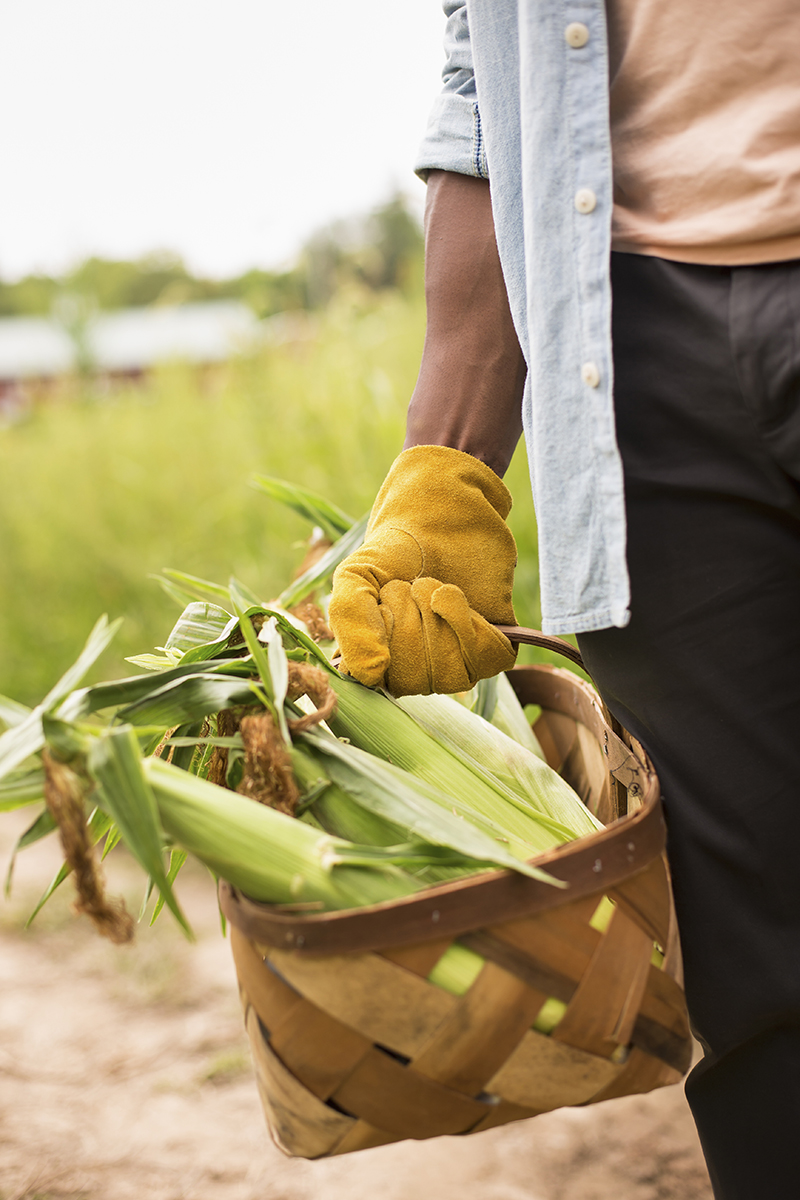
Over 80 percent of Kenya’s population live in rural areas and make their living from agriculture, the Government of Kenya realized that enhanced agricultural production particularly amongst smallholder farmers is the key not only to eradication of extreme poverty and food insecurity in the country but also to economic, social, and political development of the country.
The School of Agriculture and Food Security was established in 2012. It has five Departments, i.e. Applied Plant Sciences, Fisheries and Natural Resources, Animal Science, Soil Science and Agricultural Economics and Rural Development. There are now eight undergraduate programs i.e. BSc Agronomy with IT, BSc Soil Science and Plant nutrition with IT, BSc Animal Science with IT, BSc. Fisheries and Natural Resources with IT, BSc Agricultural Education and Extension with IT, BSc Agricultural Economics with IT, BSc in Agribusiness Management with IT and BSc Horticulture with IT. The number of students increased tremendously from approximately 100 in 2011 to over 1,000 in 2016. Given School’s vision of increasing the student population even further, the school is set to expand on the teaching facilities so as to enhance its profile and visibility as a centre of excellence in Agricultural training in the Lake region. In particular, the practical aspect in the programmes offered by the School, which are key if our graduates are to have a competitive edge in the job market. This is further strengthened by the fact the the university is located in a region where all agroecological zones in Kenya are represented from Upper Midlands (UM) to Lower Midlands (LM 5). The university has a farm approximately 200 acres 80% of which is arable for crop and livestock production. which is vital for practical training. Thefarm serves the multiple roles of teaching, research and demonstration. The farm continue to showcase integrated activities carried out by all the Departments of the School of Agriculture and Food Security.
